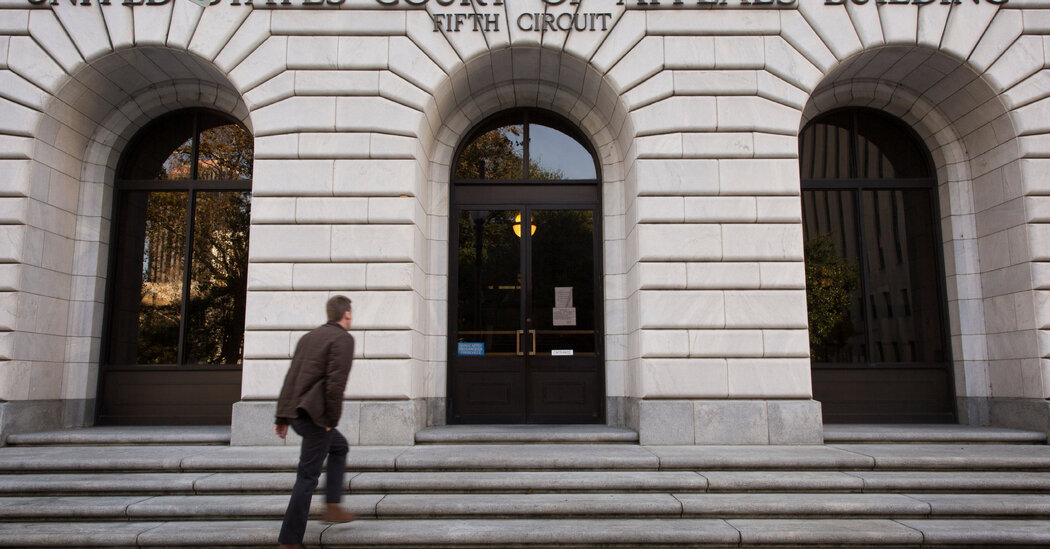Grizzly Bear That Had Killed a Woman Is Euthanized After Breaking Into a House
A grizzly bear that killed a woman on a Montana trail in July and injured a person near an Idaho state park in 2020 was euthanized after it broke through the kitchen window of a house this month, Montana wildlife officials said on Wednesday.
Given the 10-year-old female bear’s “history of conflict with people,” the Montana Fish, Wildlife and Parks department said, officials decided to kill the animal on Saturday, moments after it had broken into a home near West Yellowstone, a town of about 1,200 residents that is roughly a mile from Yellowstone National Park.
The grizzly bear was with a cub when she broke into the home on Saturday morning and removed a container of dog food from inside, officials said. Later that evening, wildlife officials and law enforcement officers captured the cub and shot the adult grizzly.
The Fish, Wildlife and Parks department said its decision to kill the bear had been rooted in an “immediate public safety threat from the bear’s food-conditioned behavior.”
The male cub, which weighed 46 pounds, was being held at a wildlife rehabilitation center as arrangements were being made in the coming weeks to transfer it to a zoo, the department said.
The grizzly bear’s journey through the mountainous states of Montana and Idaho had elicited concern from officials, who tried to trap and remove the bear several times after the fatal attack in July.
The victim in that attack, Amie Adamson, 48, of Derby, Kan., had been on a morning hike or run along Buttermilk Trail, eight miles west of West Yellowstone, at the time of the attack, which did not appear to have been predatory and occurred when Ms. Adamson was alone and without firearms or bear spray, the authorities said.
That attack happened near homes, campgrounds and high-use trails, officials said, and it was deemed to have been a defensive response by the bear. The bear encounter in Idaho in 2020 occurred near Henrys Lake State Park.
Montanans have heard warnings in recent months about potential dangers posed by expanding bear populations in the state. Officials have told visitors to “be bear aware.”
In some cases, grizzlies have been spotted in places where they had not been seen for more than a century, including the Pryor Mountains, where the species was not believed to have been seen since the late 1800s.
Grizzly bears are a federally protected subspecies of brown bears in all lower 48 states under the Endangered Species Act. Their expansion in Montana, the department said, “enhances the long-term prospects for population sustainability” for the bears, but it also “poses new challenges” for Montanans because the animals can damage property or injure people.
Grizzlies are larger than black bears, with adults standing more than eight feet tall when they are reared up on their hind legs. The average weight of a grizzly bear is 400 to 500 pounds for males and 250 to 350 pounds for females. The bears can run up to 35 miles per hour.
Earlier this year, the department shared photos that show a grizzly bear standing almost as tall as a shed, its long and curved claws slashing bits of wood.
Grizzly bear attacks, however, are rare. Since Yellowstone National Park was established in 1872, only eight people have been killed by bears in the park, most recently in 2015, according to the National Park Service. Since 1979, 44 people have been injured by grizzly bears in the park, which has had more than 118 million visitors during that time.
“More people in the park have died from drowning (125 incidents) and burns (after falling into hot springs, 23 incidents) than have been killed by bears,” the service said.
Still, the danger is real, and officials have offered Montanans several tips: Carry and know how to use bear spray; travel in groups when possible and plan to be out in the daylight hours; and avoid carcass sites and concentrations of ravens and other scavengers.


